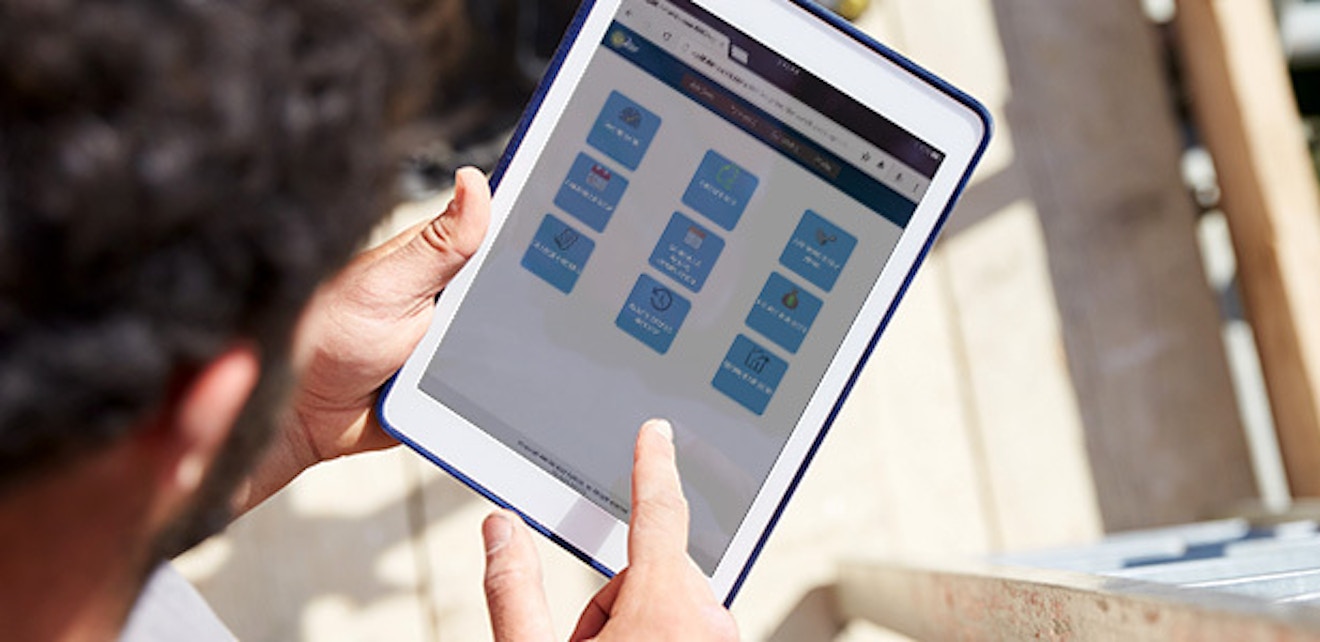Home > Blog
Read Time — 4 minutes
How Builders Can Improve VPO Processes

How Builders Can Improve VPO Processes
As the home building industry evolves, so do the challenges builders face. While the joy of crafting dream homes remains constant, the specter of cost variance – the dreaded gap between initial budget and final cost – can cast a long shadow. Here, we'll explore how prioritizing robust project management, embracing cutting-edge technology, and fostering clear communication, particularly around Variance Purchase Orders (VPOs), can empower builders to conquer variance and deliver a predictable, stress-free experience for their clients.
Construction battlefields
Construction sites are inherently dynamic environments. Fluctuating material costs, skilled labor availability, and unpredictable weather can all disrupt timelines and budgets. Even seemingly minor mid-construction tweaks, known as change orders, can snowball into significant cost increases. Historically, managing these changes and their associated costs has contributed to variance.
First line of defense
Effective project management is the first line of defense against variance. Builders who can orchestrate every element of the construction process – from planning to execution – are well-positioned to minimize surprises and keep projects on track. Here are some key strategies:
- Planning: Detailed planning is the foundation for a successful build. This means working closely with clients to develop comprehensive construction plans with precise specifications, minimizing the need for future changes.
- Value engineering: Prioritizing quality is paramount, but value engineering plays a crucial role in variance reduction. Exploring cost-effective alternatives for materials and finishes without compromising aesthetics allows builders to maintain client visions while staying within budget.
- Contingency planning: While the future is uncertain, incorporating a contingency plan into budgets allows builders to prepare for unforeseen events. This financial buffer ensures projects stay financially on track when the unexpected arises.
- Integrated Project Delivery (IPD): IPD fosters a collaborative approach, bringing architects, builders, subcontractors, and homeowners together from the outset. This transparency minimizes misunderstandings, reduces the risk of surprises later, and ensures everyone is working towards the same goal.
The builder's toolbox
The construction industry is rapidly embracing technology, and builders who leverage these tools gain a significant advantage in managing variance:
- Building Information Modeling (BIM): Consider BIM a digital blueprint on steroids. This software allows for the creation of a virtual model of a home. BIM facilitates clash detection, identifying and resolving potential conflicts between building elements before construction begins. This saves time, money, and headaches down the road.
- Project management software: A central nervous system: Project management software acts as a central nervous system for the entire build. Builders can track progress in real time, identify potential delays before they happen, and keep everyone informed and accountable. This transparency ensures everyone is on the same page, fostering a smoother building process.
Evolving VPO processes
VPOs have traditionally been a reactive tool used to document and manage cost changes after they occur. However, the industry is witnessing a shift towards a more proactive approach to VPOs:
- Early warning systems: Advanced project management software can now identify potential change orders and their cost implications earlier in the building process. This allows builders to discuss adjustments with clients before they become surprises proactively.
- Streamlined communication: Cloud-based platforms and mobile applications can facilitate real-time communication around VPOs. This transparency empowers clients to be involved in decision-making and builds trust.
- Standardized VPO templates: Standardization of VPO templates ensures clarity and consistency in how changes are documented and communicated. This reduces confusion while simplifying the process for both builders and clients.
Clear communication
Open and honest communication is paramount in managing variance. Builders who keep clients informed throughout the process create an environment of trust and collaboration:
- Proactive discussions about change orders: Visions can evolve, and change orders are a reality. However, builders can manage expectations and minimize surprises by proactively discussing the potential impact of changes on the timeline and budget with clients.
- Transparency with VPOs (Variance Purchase Orders): VPOs are a formal way of documenting and managing changes to the original scope of work. Transparency with VPOs – ensuring clients understand the reason for the change, the associated cost, and how it will impact the project – builds trust and strengthens the builder-client relationship.
By prioritizing robust project management, embracing technology, and fostering clear communication, particularly through improved VPO processes, builders can significantly reduce the risk of cost variance and deliver a predictable, stress-free collaboration between builders and buyers.



